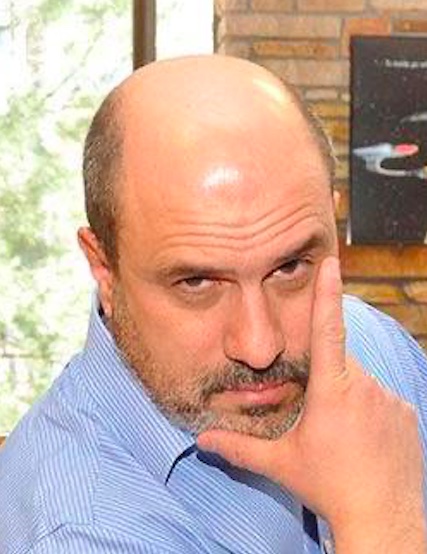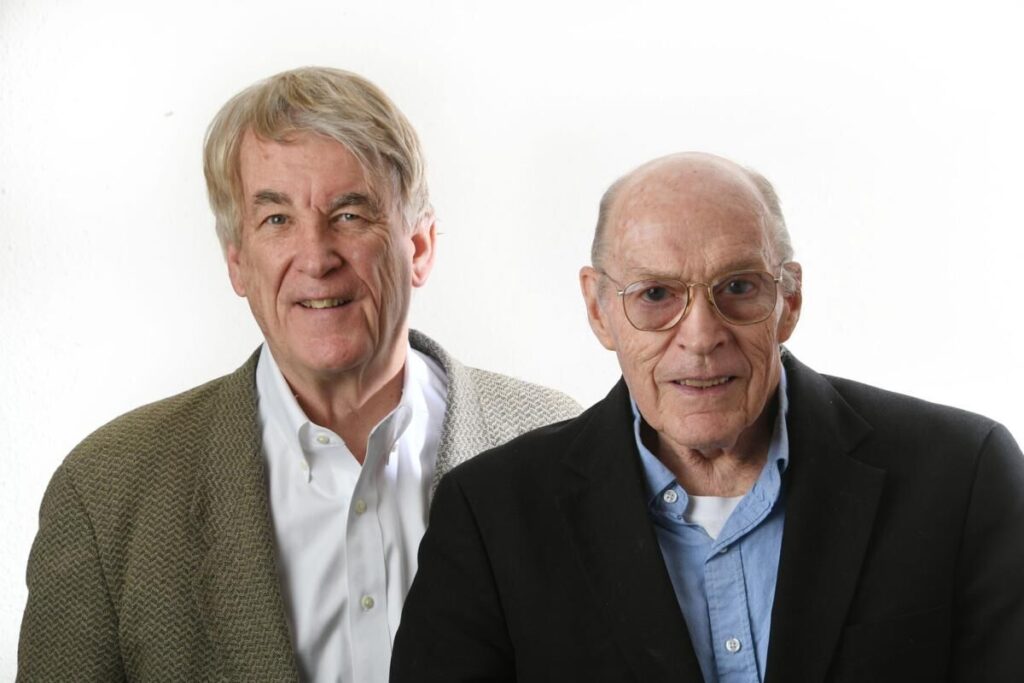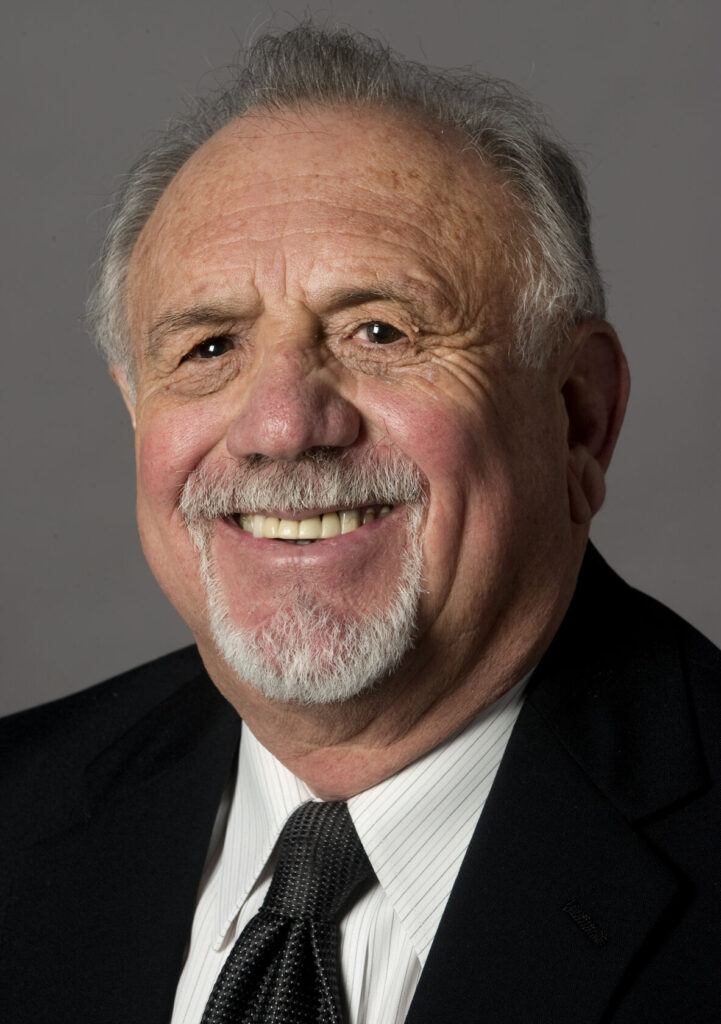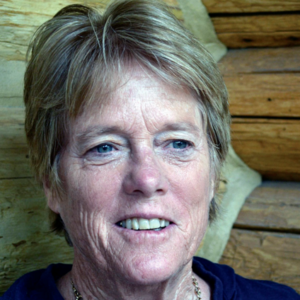BIDLACK | Cortez, coal and climate change
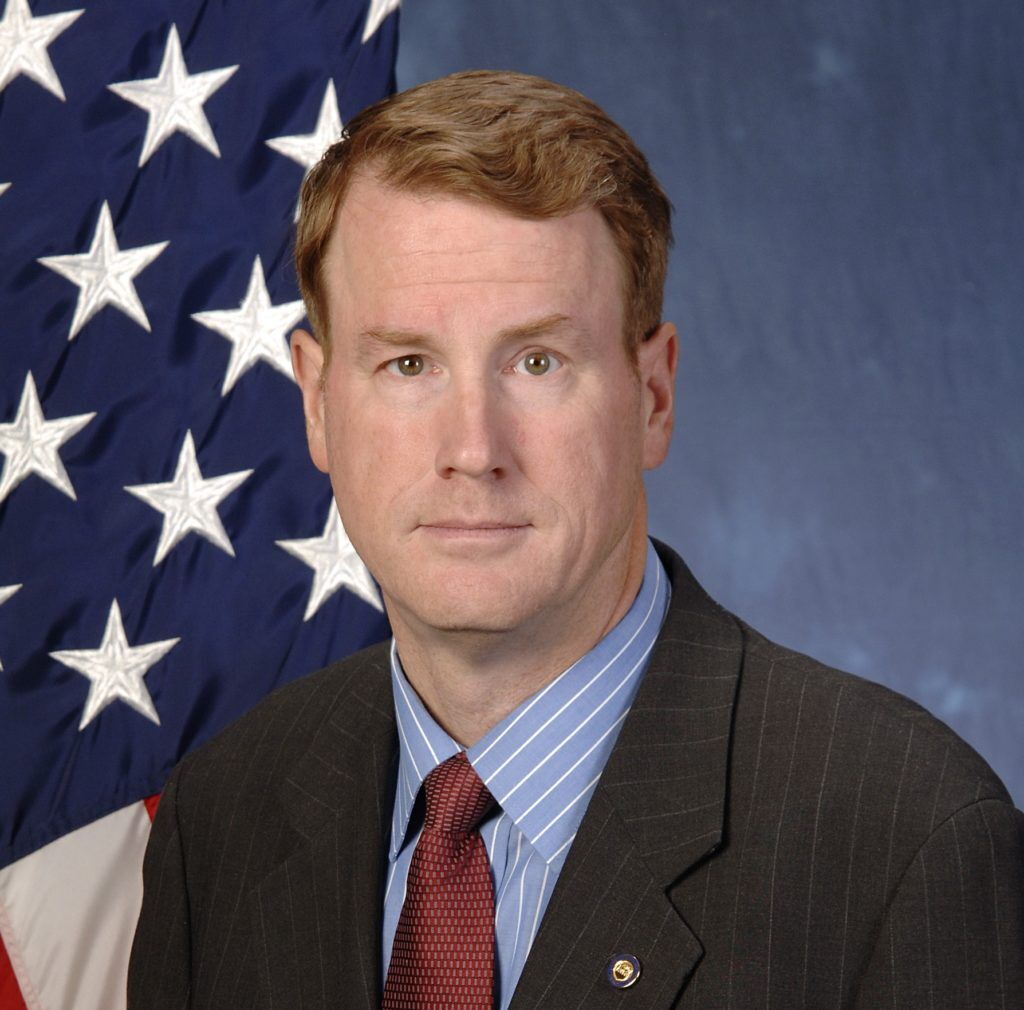

As it turns out, there are lots and lots of things that I don’t know about.
I find that a tad frustrating, as I like to know and understand things. I’m, well, a nerd. And I’m mildly proud of that, as a thirst for knowledge is a good thing, I think.
One thing that I did know about was the underground coal fire that has been burning in Pennsylvania for more than 50 years. The mining town that thrived in the area was called Centralia (which is oddly not in central Pennsylvania) and ultimately had to be abandoned as the fire spread and created more and more problems for the population. No one knows exactly how the fire started, though there is some evidence that the use of an old abandoned mine as a trash dump may have been a factor. It’s a fascinating story and is well worth your reading about.
Which, of course, brings me to the lovely town of Cortez, Colorado.
One of the many, many things that I did not know before reading about it on Colorado Politics, is that our great state can’t be too smug regarding fires such as the one that wrecked Centralia. As it turns out, Colorado is home to not one, but rather 38 active coal mine fires that are being monitored by the Colorado Department of Natural Resources, including one that is burning inside the aforementioned town of Cortez.
There is some speculation that the recent and horrible Marshall fire might have been triggered by an old coal mine fire. Recall the dry and windy conditions that existed the day of the fire and you will understand why a spark or two popping up from underground could be such a trigger. Having fled my own home, as ash was falling on it, 10 years ago during the Waldo Canyon Fire I fully understand the worry and concern created by our underground ignitions.
A recent story by the Denver Gazette notes that tens of thousands of Coloradans live within just a mile or two of an active coal fire. There are more than 1,000 old coal mines in Colorado, and all the fires that are being monitored started before 1977.
You cannot, of course, put such fires out. They are literally burning underground, far from the reach of any firefighter. Should we be concerned about these blazes and what, if anything, can we do?
Having spent much of my grad school time, and a large chunk of my time as an active-duty Air Force officer, looking at the implications of climate change on national security, I have a few thoughts…
Sadly, it is already too late to fully mitigate the problem of climate change. And ironically, it is the very core prediction of the climate change models that lets some people (cough… Trumpers… cough) claim there really isn’t a climate problem The strongest prediction of climate-change science is that we will see more extremes more often. Now, if you are reading this missive on its publication date, you may feel it is OK to smugly dismiss all this liberal nonsense because it was 60 degrees yesterday and today the high is about 12. Where is all that global warming, eh?
Well, there is a good reason scientists don’t call it “global warming,” but rather climate change. The models predict that we will have hotter hot spells (interesting winter so far, eh?) colder cold spells, wetter wets, drier dries, windier windstorms, and all of those more often. The year 2020 was tied for the warmest on record, and 2021 wasn’t far behind. For the 45th consecutive year the global average temperature was above average. Polar sea ice is declining, and tropical cyclones are becoming more common and more severe. Wonder when the warmest seven years on record were? Well, you lived them, as they are the last seven years.
Simply put, the impacts of climate change are very real and very important. The coal-seam fires are not the result of climate change, but they may very well be a force multiplier (as we military types say). If the Marshall Fire is found to have been started from a coal-mine fire, it may well serve as the proverbial canary in the coal mine (to use an apt metaphor). As our Colorado forests get drier and drier in our ongoing drought, with more winds and, come next summer, likely new high temperatures in the high country, we can only hope that one of those 38 fires doesn’t happen to flare up and ignite yet another blaze.
I guess this just goes to show how our world is quite interconnected. The coal fires, in and of themselves, should only be an issue for those most directly impacted. But with the relentless fingers of climate change reaching farther and farther into the human world, we cannot assume that we will be immune for long.
Hal Bidlack is a retired professor of political science and a retired Air Force lieutenant colonel who taught more than 17 years at the U.S. Air Force Academy in Colorado Springs.




